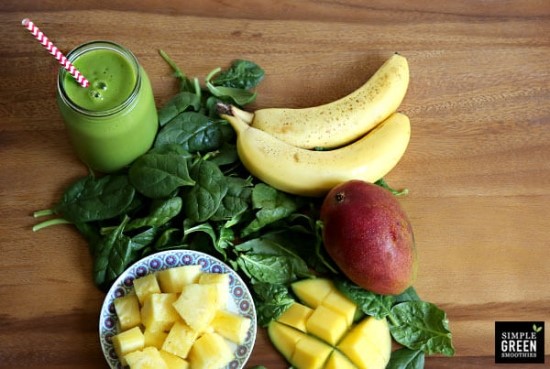
Strict rules in advertising make everyone involved in the process. Lighting must be relatively flat to show maximum detail and there is definitely not room for special effects. Your job is to show the food in a realistic, favorable way. An Art Director and a layout will be supplied and you are expected to match that layout to the best of your ability.
Most details of the shoot regarding cropping, propping, and backgrounds will be pre-determined. Your input and creativity will be put on the back burner. Most of the time at the shoot will be spent poking very small details and dropping images into layouts to see if everything fits just right. Please don’t get me wrong, it still beats “working for a living” but of all the types of food photography, this kind of work is the toughest. I’m using this category of food photography as a broad “catch all” category encompassing actual food ads, menus, product brochures, and possibly billboards.
This type of food photography tends to be less tedious than packaging, but still can be quite restrictive because of layout parameters. Someone, usually an Art Director, or possibly a Designer, has a predetermined idea of what end result will look like. There is usually a layout, and everyone expects that the final photo to end up looking very close to the Artist’s illustration. There is usually some room for taking advantage of unforeseen opportunities such as props or lighting special effects, but the end result must communicate the idea behind the photograph.
A pretty picture will sometimes take a lower propriety to communication. This is the type of photography that most food photographers love the most. The most important thing is “making a beautiful image”. Instead of needing to communicate “Heinz’s hot, moist, meaty, abundant, corn fed ground meat stew”, you just need to make the viewer say “Wow! ” This kind of shot usually makes “lighting” the big issue of the photo.
Ya, it has to be well composed, and beautifully styled and nicely propped, but if the lighting isn’t spectacular, the shot ends up being just so-so. One of the greatest compliments I ever received was from a food stylist that said, “Mike, you can make a turd on a paper plate look good”. Now that’s high praise!
Again, this info is for those of you who want to know more about the profession of food photography. I’ll get around to actually giving you real tangible advice a little later. In the world of Professional food photography, the picture is created, not by an individual, but by a team. The process of the shoot. Cropping – It’s kinda tough to discuss composition here. I’ve spent twenty or so years learning about composition and it seems to be one of those topics that don’t translate very well into words.
Good composition is sort of like pornography. You know it when you see it. We could discuss things like shapes, tangents, compositional flow, balance, and all kinds of other high-faluten words, but they wouldn’t mean much. The trouble is that Art is so damn subjective. One man’s garbage is another’s Rembrandt. If you can list a bunch of compositional rules, I’ll take those same rules and show you how they’ve been successfully broken.
Sometimes during the course of a photo shoot, I’ll make a stand and fight the rest of the team on a compositional issue, but not very often. Propping – The props or background in food photography can be a very important element of success. Not having the right prop can mean the difference between success and failure. The correct prop or background will help set the mood of the photograph.
Tags:
How Make Food
